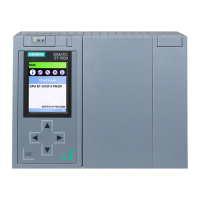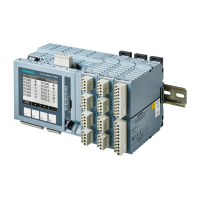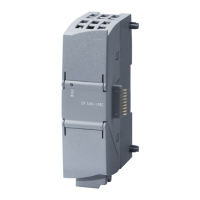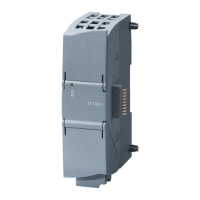Link-up and update
8.3 Time monitoring
CPU 410-5H Process Automation/CPU 410 SMART
116 System Manual, 10/2013, A5E32631667-AA
● In link-up and update operations with master/standby changeover (see section Link-up
sequence (Page 261)), you also need to changeover the active communication channel
on the switched DP slaves and switched IO devices on completion of the update. This
operation prolongs the time within which valid values can neither be read nor output. How
long this process takes is determined by your
.
● The
technological conditions in your process
also decide how long an I/O update can be
delayed. This is particularly important in time-monitored processes in fail-safe systems.
Note
For details, refer to Manual
S7-400F and S7-400FH Automation Systems
and Manual
S7-
300 Automation Systems, Fail
-safe Signal Modules
. This applies in particular to the
internal execution times of fail
-safe modules.
1. Based on the bus parameters in STEP 7, determine the following for each DP master
system:
– T
TR
for the DP master system
– DP changeover time (referred to below as T
DP_UM
)
2. From the STEP 7 configuration, determine the following for each IO subsystem:
– Maximum update time of the IO subsystem (referred to below as T
max_Akt
)
– PN changeover time (referred to below as T
PN_UM
)
3. Based on the technical data of the switched DP slaves, determine the following for each
DP master system:
– The maximum changeover time of the active communication channel
(referred to below as T
SLAVE_UM
).
4. Based on the technical specifications of the switched PN devices, determine the following
for each IO subsystem:
– Maximum changeover time of the active communication channel (referred to below as
T
Device_UM
).
5. Based on the technological specifications of your system, determine the following:
– Maximum permissible time during which there is no update of your I/O modules
(referred to below as T
PTO
).
6. Based on your user program, determine the following:
– Cycle time of the highest-priority or selected (see above) cyclic interrupt (T
WA
)
– Execution time of your program in this cyclic interrupt (T
PROG
)
7. For each DP master system this results in:
T
P15
(DP master system) = T
PTO
- (2 x T
TR
+ T
WA
+ T
PROG
+ T
DP_UM
+ T
SLAVE_UM
) [1]
